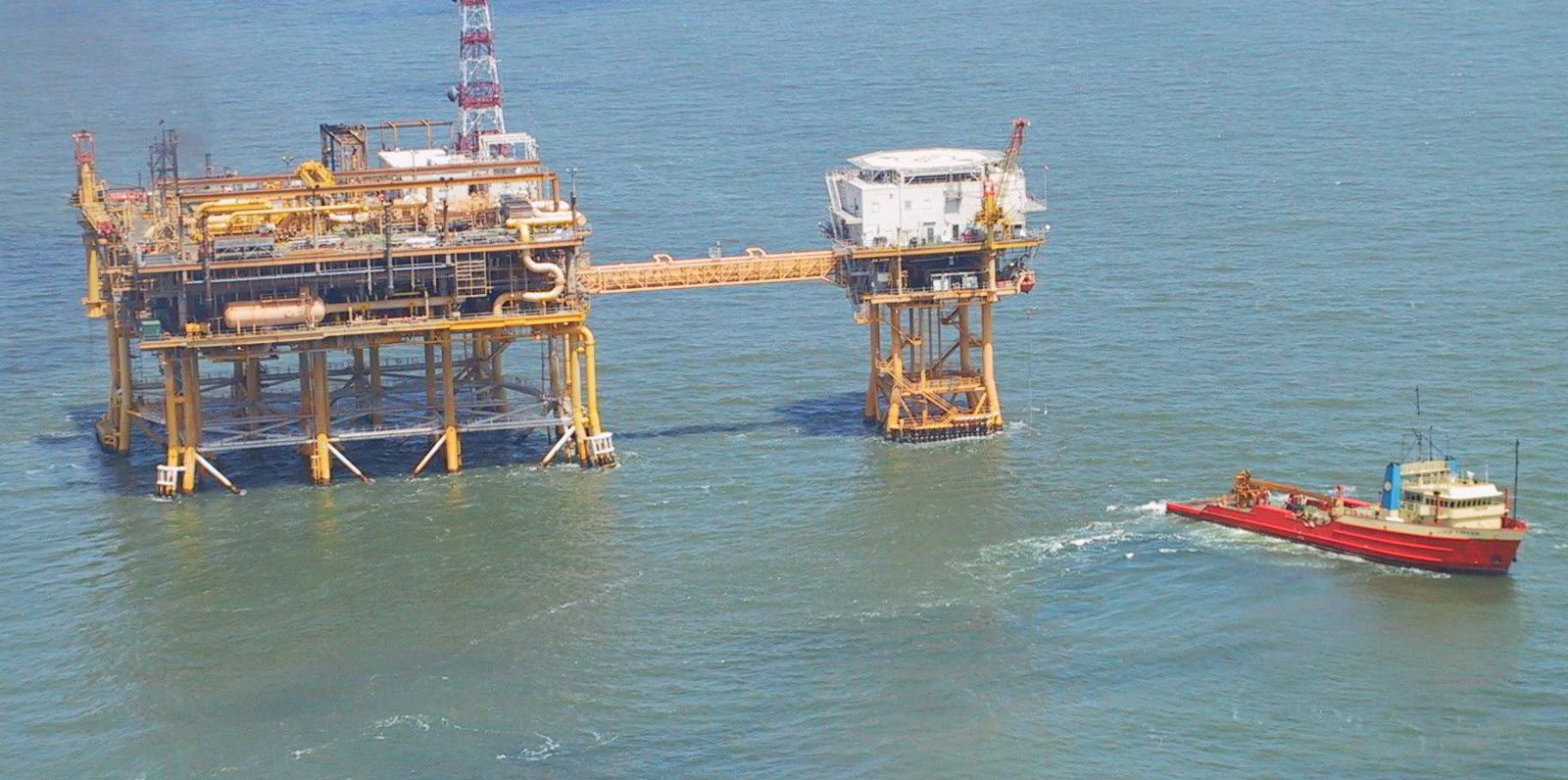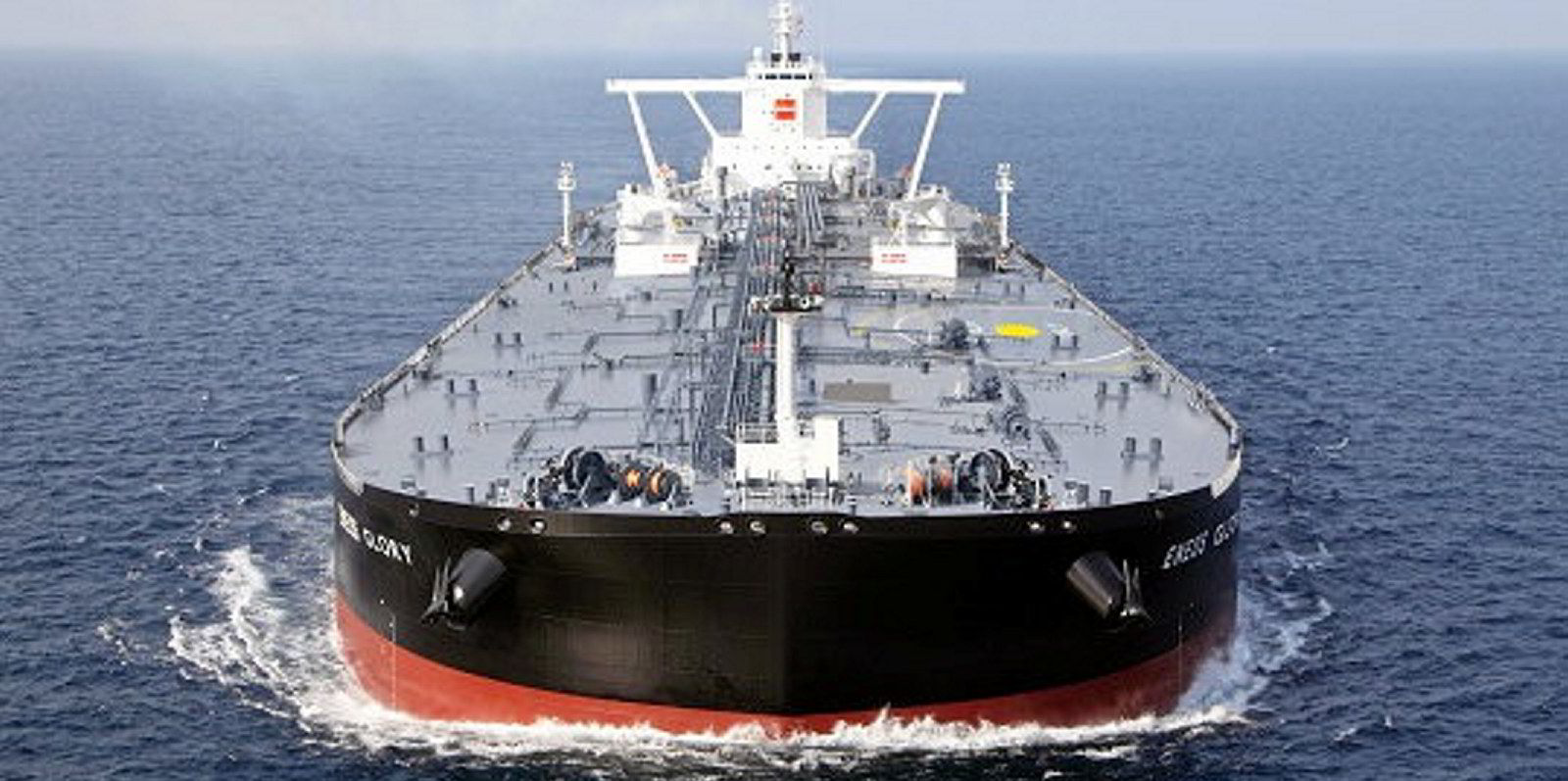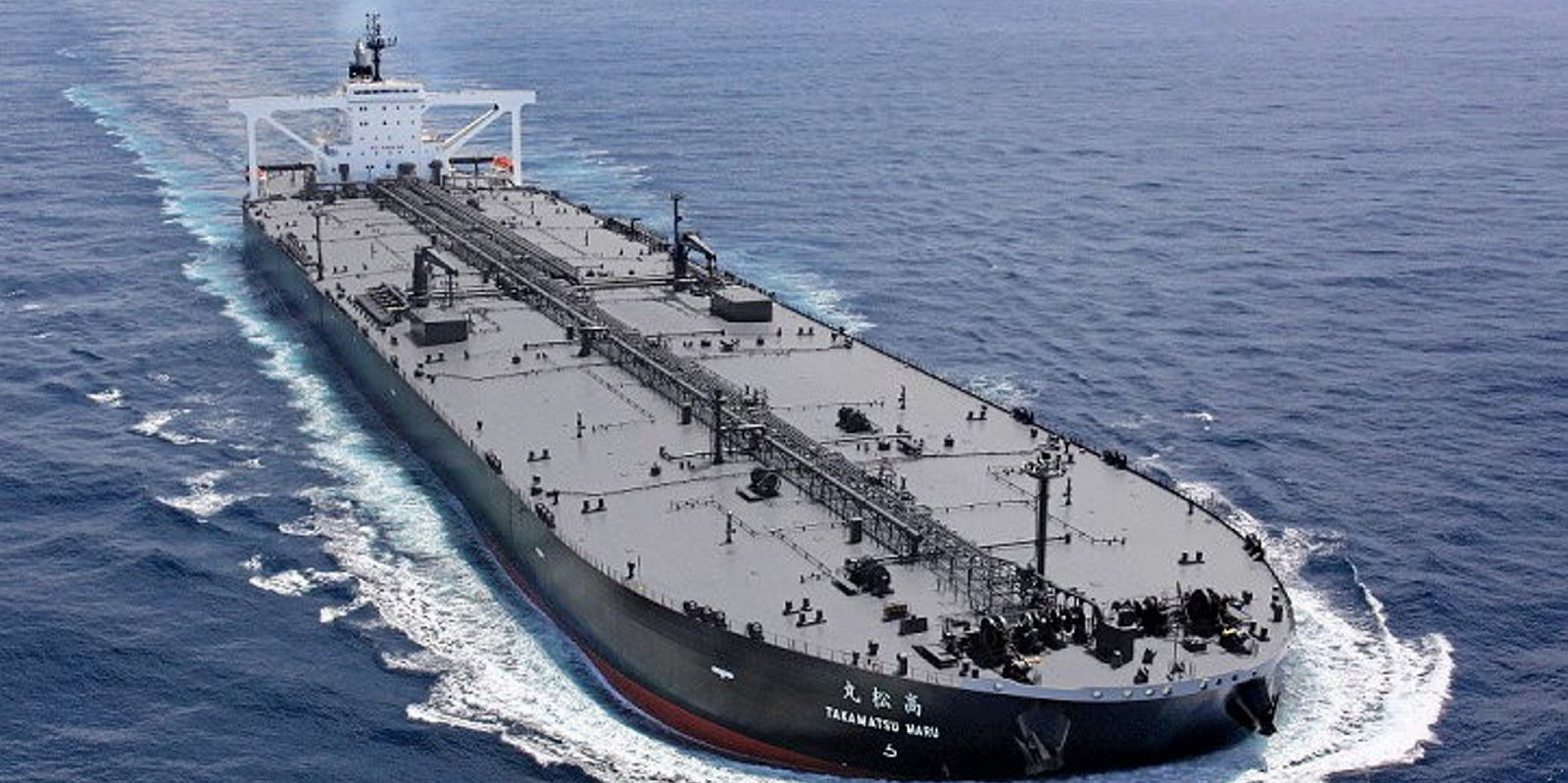Large tankers could be set for a much-needed boost from US crude producers, according to Gibson Shipbrokers.
The UK shop said higher prices and a diminishing number of drilled but uncompleted shale wells mean exports could grow over the next year.
Both the International Energy Agency (IEA) and the Energy Information Administration forecast US crude output rising, with the latest estimates for 2022 ranging from growth of 650,000 barrels per day (bpd) to 800,000 bpd.
Further gains are also likely beyond 2022, the agencies believe.
"For the tanker markets, higher US crude output will facilitate rising exports," Gibson said.
Kpler data shows that so far this year US crude exports have averaged 200,000 bpd below the record levels reached in 2020.
Long-haul exports on VLCCs have remained stable, while suezmax shipments have actually increased by over 40% at the expense of a declining aframax trade.
"If a rebound in US crude exports is indeed seen, longer haul trade on larger tankers is likely to benefit the most, as refining capacity in Europe has seen some permanent capacity shutdowns, while demand is under exponential environmental pressure," Gibson added.
The broker has already highlighted that a large portion of West African crude will be refined domestically once Nigeria's Dangote refinery becomes operational, leaving Asian buyers to look further afield to source grades of similar quality.
A key factor in why the US is not yet seeing a greater increase in output is the impressive cash-flow discipline shown by public US shale operators, Gibson argued.
These companies have moved away from expanding production to debt reductions and dividend growth after years of disappointing financial results.
Gibson believes larger companies may now have to increase spending on drilling, however.
Existing wells running out?

Many operators have been relying on drilled but uncompleted wells to maintain production without higher spending.
The IEA estimates that the top US shale fields have less than six months of production from these wells remaining.
Higher oil prices are another critical factor that could stimulate investment.
Rystad Energy estimates that during the first half of 2021, shale's break-even price at the well head averaged $20 to $40 per barrel, depending on the basin.
Margin aplenty
"With WTI [West Texas Intermediate]comfortably above $60 since February this year, this leaves plenty of margin to offer attractive returns to investors and to invest into expanding the production base at the same time," Gibson said.
The broker added: "Although expectations are for the growth in US shale to resume, for now the gains here are unlikely to be as spectacular as those projected prior to the pandemic."
But the company believes rising oil demand, steep draws in global inventories and the reluctance of Opec+ to release more than 400,000 bpd into the market on a monthly basis could well see further upward pressure on oil prices, testing shale producers' resolve on production.
Data from Baker Hughes shows there are currently 428 US rigs in operation, more than double the level seen in the fourth quarter of 2020, although still well below the rig count seen prior to the pandemic.







